Sidamo Coffee 7.0 Features Grade Sidamo Coffee 7.0 Flavor Description

Coffee fans all know that coffee is the most famous in the Yegashafi area of Ethiopia, but in recent years coffee beans from the Sidamo area have been appearing in the boutique coffee market and have been well received by coffee fans all over the world. Next, Qianjie Coffee will come to popularize the coffee flavor characteristics of the Sidamo area.
Sidamo Coffee production area is located in the south of Ethiopia, extending to the districts of Arsi and Bale in the east and Gamogofa in the west. Sidamo coffee is generally cultivated between altitude 1400m-2000m. The industry here is dominated by agriculture, and the main growing area of coffee is around the Great Rift Valley (Great Rift Valley) of East Africa.
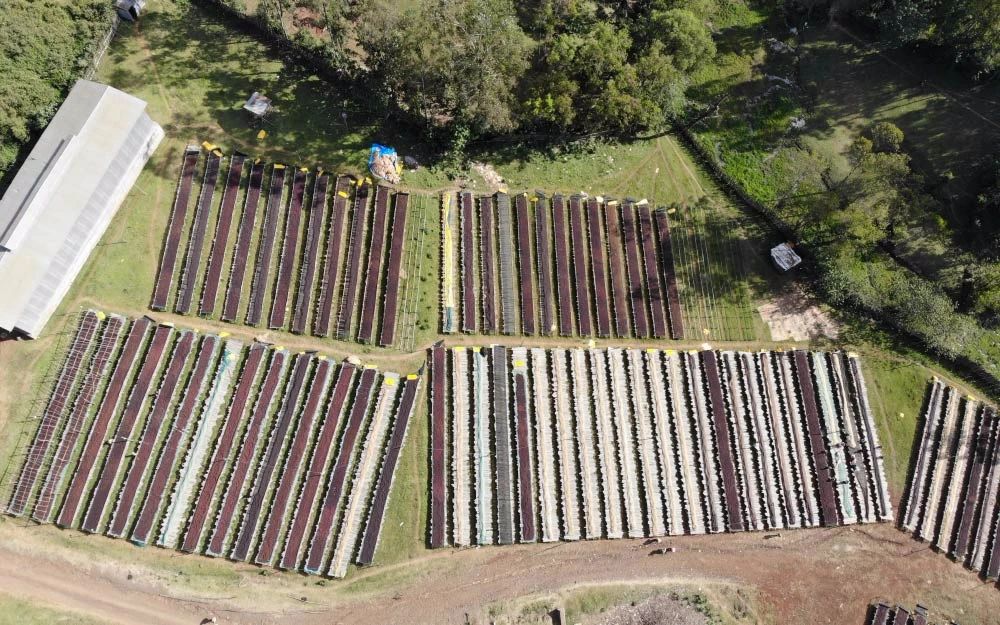
And the coffee flavor of Sidamo is very diverse, because there are different kinds of soil, microclimate and countless native coffee species, which makes the coffee produced in each town have obvious differences and characteristics. For example, the Yegasuefei producing area of Ethiopia in the Qianjie coffee shop itself is a small producing area in the Sidamo producing area, but because the flavor is very unique, it is obviously different from the coffee bean flavor produced in the Sidamo producing area, so it is specially divided into a unique producing area.
At the same time, according to Qianjie Coffee, as a large-scale coffee producing area, with the gradual refinement of coffee producing areas, more and more small coffee producing areas are also independent into their own departments, such as the most famous coffee growing areas in Sidamo: GUji and West Arsi. There are also coffee beans from these two producing areas in the Qianjie coffee shop. Most of the coffee beans in the Sidamo area are treated by the sun treatment, so Qianjie believes that it is the sun treatment that makes the coffee beans in the Sidamo area have a strong fruity aroma and smooth taste.
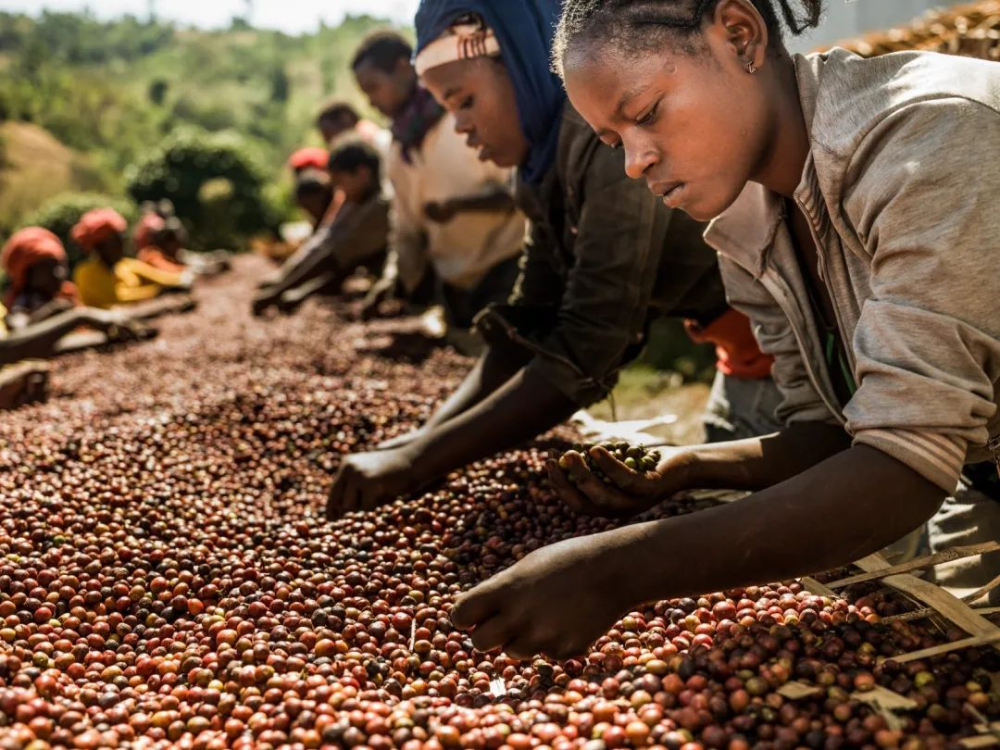
Guji producing area
The Guji producing area, which once belonged to the Sidamo producing area, has been independent into a new producing area by the Ethiopian Commodity Exchange (ECX) in 2010. The Guji producing area, located in the southeast of Yejasuffi, is an area with complex topographical changes such as towering mountains, valleys and plains. The geology of this area belongs to the nutrient-rich black soil (Vertisol), the depth of the soil is nearly two meters, and the average elevation is more than 1800 meters. The significant temperature difference between day and night created by geographical characteristics makes the local area have various local conditions for producing high-quality coffee.
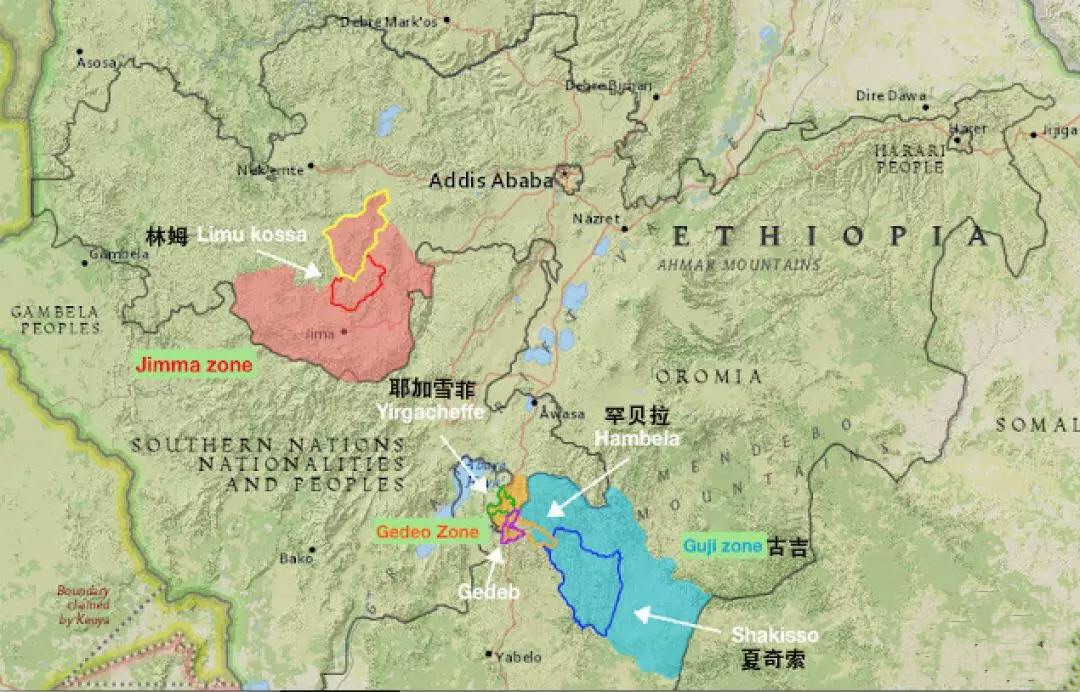
West Alxi producing area
West Alsi is located between the Yegashefi Coffee growing area and Halergai, 1900-2200m above sea level, in the western part of the Sidamo region, which is named after a branch of the Oromo people who have lived here for a long time. According to Qianjie, West Arsi is composed of three Ethiopian administrative regions, Arsi, Balle and Dongsheva.
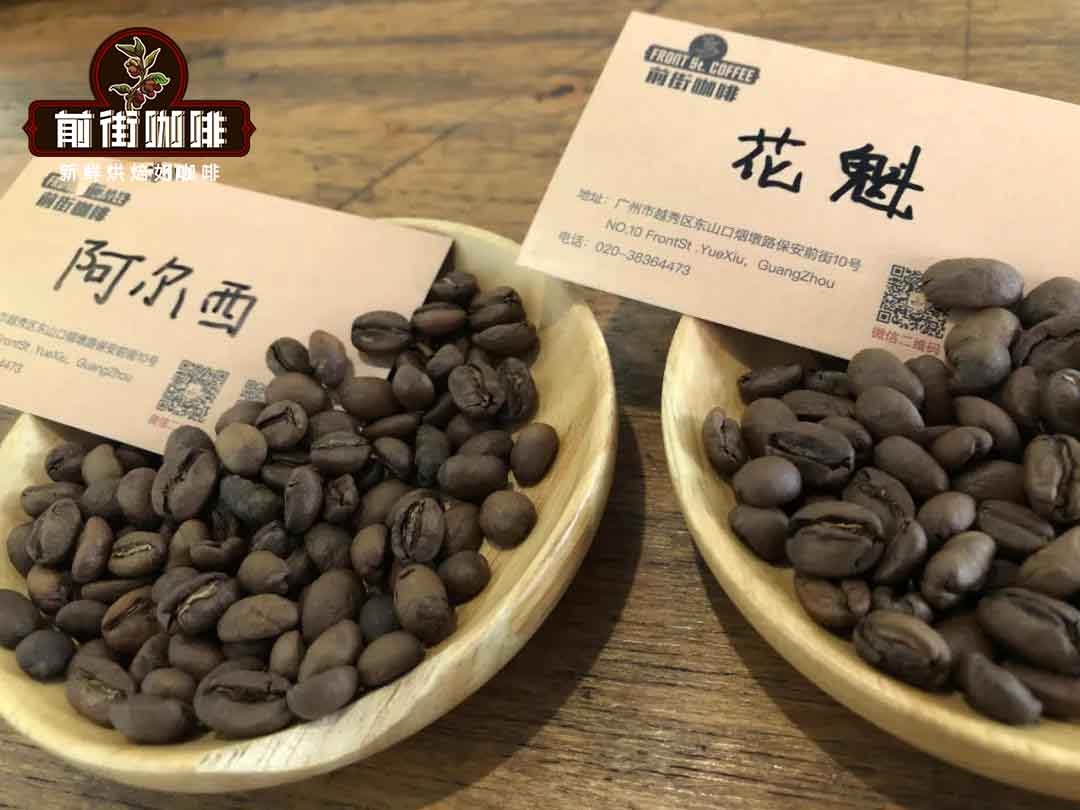
Qianjie Coffee thinks that the coffee beans in these two producing areas are very unique. For example, there is a coffee bean known and loved by coffee fans in Guji Humbela. In addition, the front street of Arsi coffee beans in West Alsi thinks that its flavor is also very good, so these two coffee beans are introduced into Qianjie coffee shop for coffee fans to taste. Next, Qianjie Coffee will introduce a short message about these two types of coffee beans.
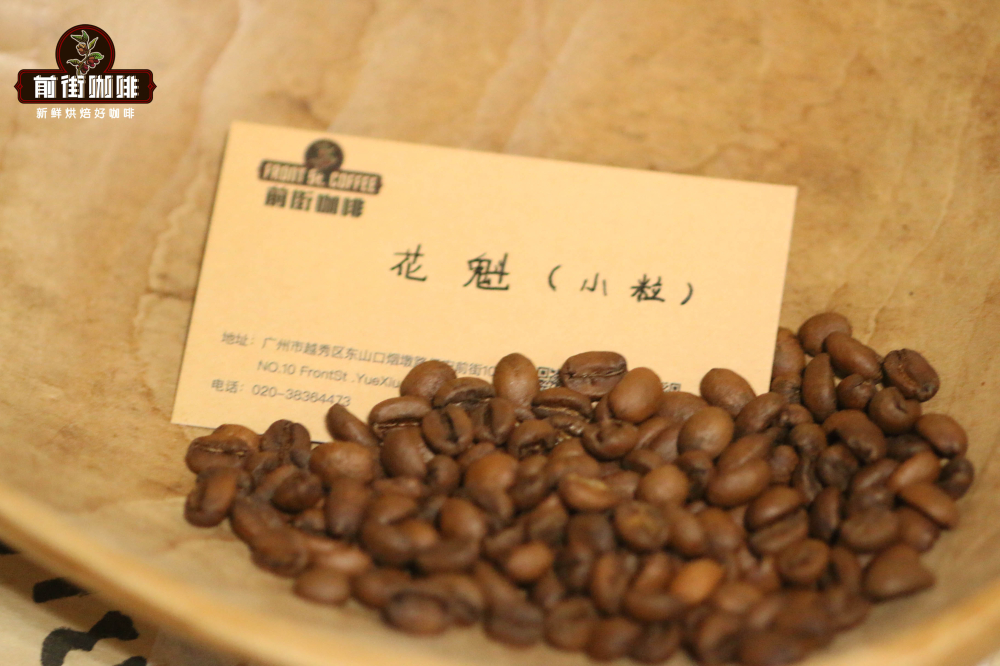
Front Street Coffee Essex Damo Huakui Coffee beans
Country: Ethiopia
Producing area: Guji (Hanbela)
Altitude: 2250-2350m
Variety: native species
Treatment method: solarization treatment
Flavor: passion fruit, rose, strawberry jam
This Huakui coffee bean introduced by Qianjie Coffee is the champion of the sun drying group in the 2017 Ethiopia toh Coffee Competition. It appears in front of everyone with its unique strawberry cream flavor, making a splash. So in that year, this batch of raw beans was introduced to China by Hongshun, a raw bean trader in Beijing. In the same year, Li Jianfei used this bean to win the runner-up in China in the 17-year World Brewing Competition. This Ethiopian bean stands out among the many Rose Summer beans, so it is called "Sakuran".
And strictly speaking, only the bean that entered the country in 2017, the champion of the toh tanning group, can be called Huakui coffee. Of course, it would be a pity if such a wonderful name were a flash in the pan.
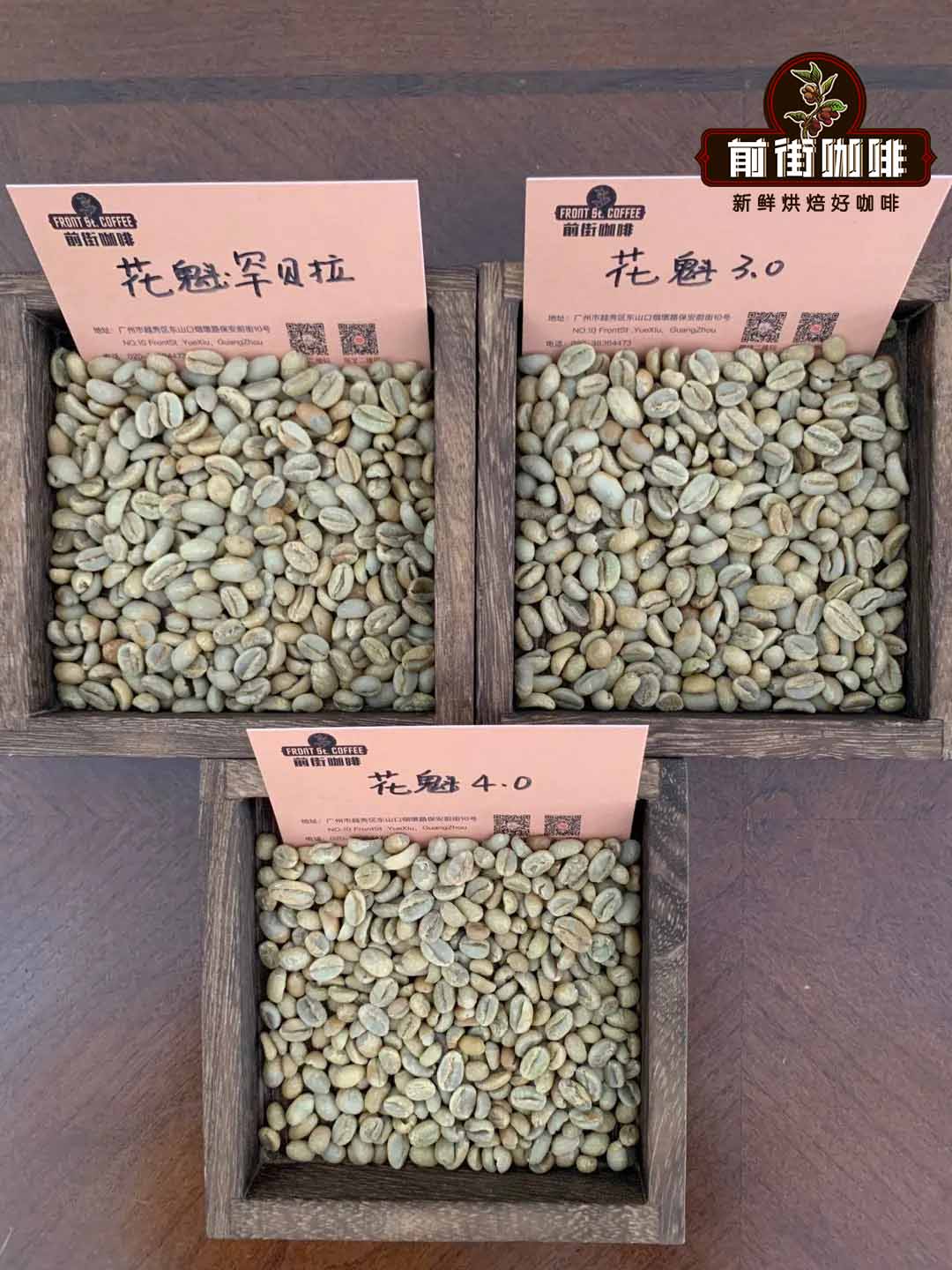
As a result, Beijing Hongshun continued to introduce coffee beans from the Bucu processing plant in Humbera, which are called Sakui 2.0, Sakui 3.0 and Sakui 3.1, in order to distinguish the previous Sakui coffee and represent different batches or seasons.
In 2022, Qianjie found a lot of flat beans, shell beans and condensed beans after getting the raw beans of Huakui 6.0. Therefore, for the consideration of quality control, Qianjie still uses the coffee beans of Huakui 5.0. In the new season of 2022, Huakui 5.0 still has the flavor of citrus, mango and honey.
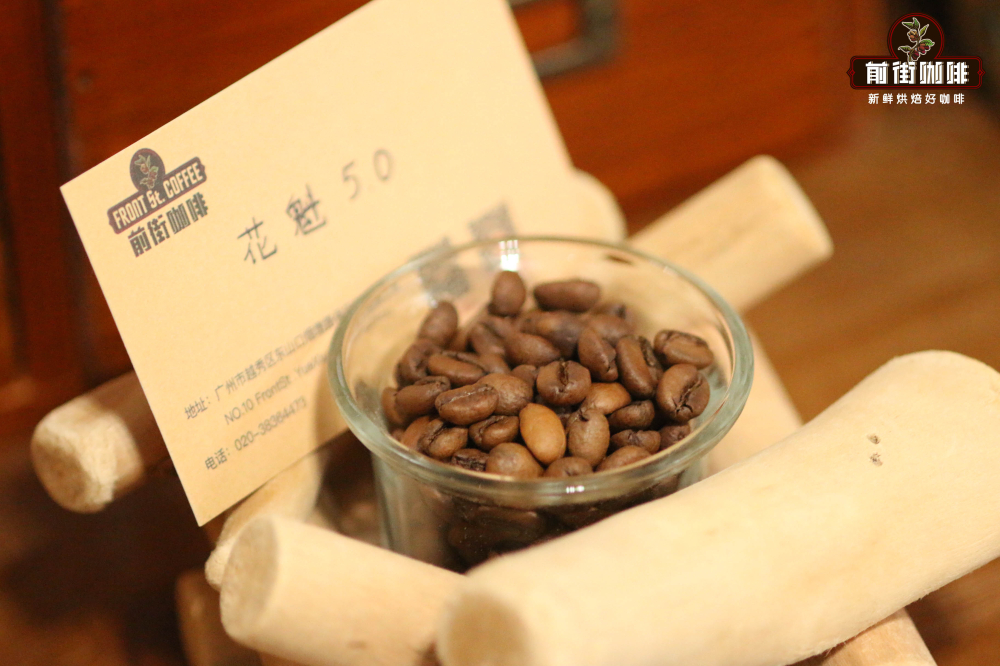
In 2023, Hongshun, the raw bean merchant of Huakui, also released the news of the new production season "Huakui 7.0". Sources point out that the first batch of Sakuran 7.0 will arrive at Shanghai Port on April 17. It is expected to be available to the market on April 24. The second batch will arrive in Hong Kong in May. After experiencing the decline of the word of mouth of Sakuran 6.0, can this Sakuran 7.0 save the reputation of "Sakuran"? Qianjie will also get the answer after Sakuran 7.0.
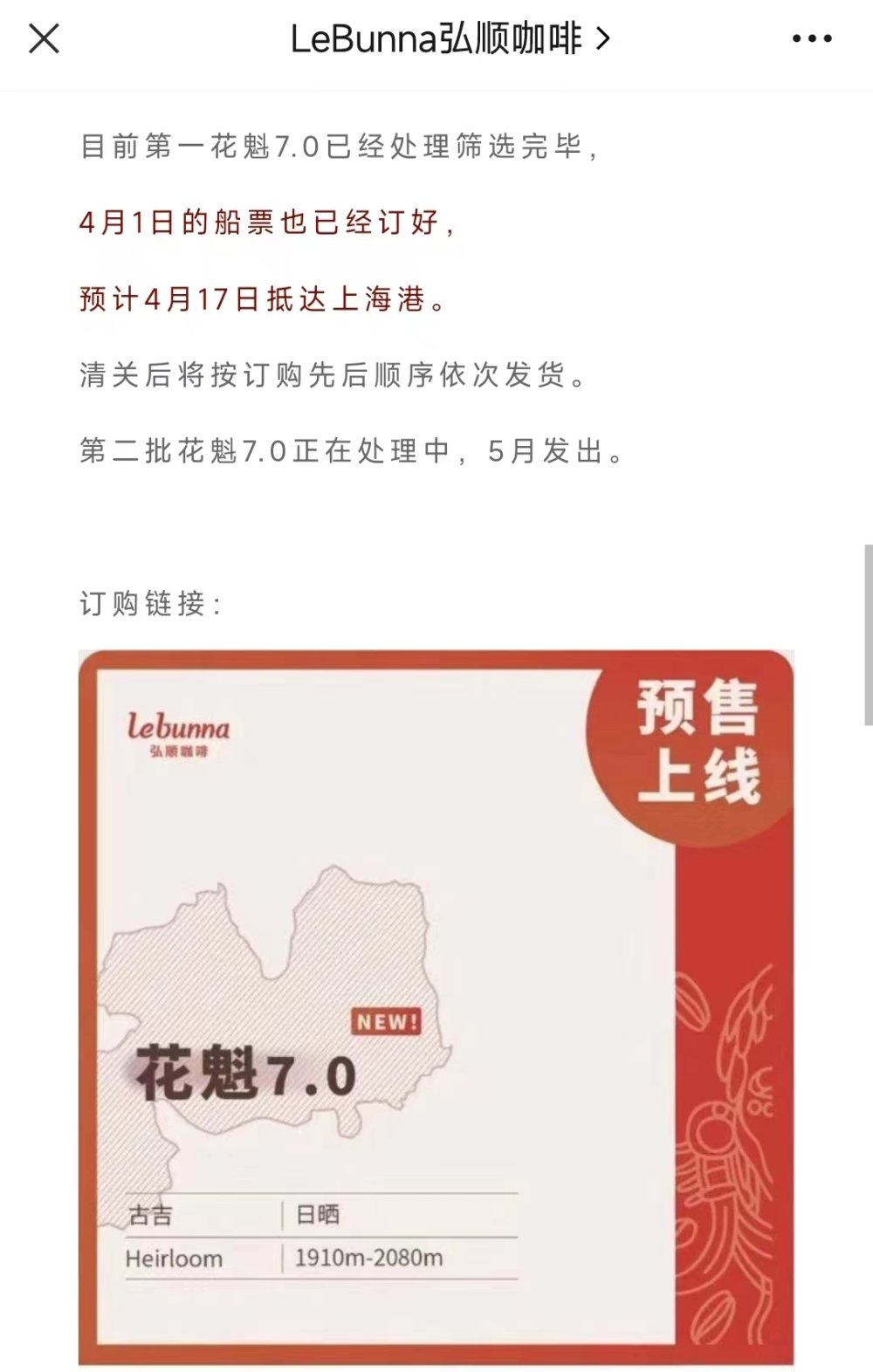
Front Street Coffee: Ethiopian Sidamo Alsi Coffee beans
Country: Ethiopia
Producing area: West Dharma, West Alsi
Altitude: 1900-2200 m
Variety: native species
Treatment method: sun treatment
Flavor: berries, honey, plums, nectarines, mangoes, fruit juices
According to Qianjie, coffee farmers in West Arsi only pick ripe red fruits and put them in baskets one by one. Therefore, the picked coffee fruit has uniform size, similar maturity and does not contain other impurities. Then they spread the coffee red fruit on a high wooden frame or whole scaffolding to make the sun, so as to avoid the risk of beans smelling on the ground. In the process of exposure, it will be constantly turned to ensure that the coffee beans can be evenly exposed to water; every three to five days, coffee farmers will manually screen out defective and moldy beans. Wait for the peel to dry and harden, and then use a sheller to remove the hard peel. After obtaining the raw coffee beans, the farmer will do one last screening in pursuit of the perfect taste. Therefore, Qianjie Coffee this sun Arsi can reach the highest level of G1.
The above is the introduction of the relevant information about the Sidamo producing area organized by Qianjie Coffee and the consultation of all the two Sidamo coffee beans in the Qianjie coffee shop. Next, Qianjie Coffee will share the roasting and brewing data of these two coffee beans.
Suggestion on coffee baking in Qianjie
During the baking process of these two kinds of beans in the new season, we will prolong the dehydration time so that the bean surface and core are heated evenly. In order to show the acidity of this bean and the aroma of flowers and fruits, we use a light baking degree.
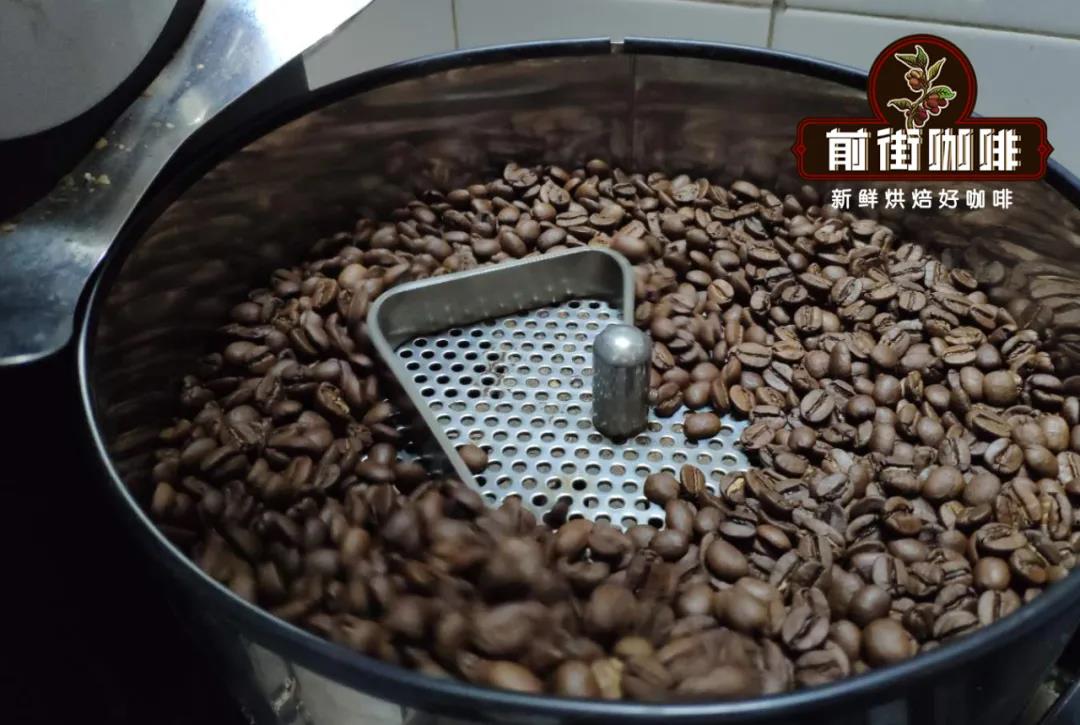
Huakui 5.0: Yang family 800N, bean dosage 480g: furnace temperature to 175 degrees Celsius into the pot, throttle open 3, firepower 120. Rise to 140 degrees, throttle open 4. Bake to 6 degrees, the temperature is 151.7 degrees, the bean surface turns yellow, the smell of grass disappears completely, and the dehydration is complete. When the bean surface appears ugly Hu wrinkles and black markings, the smell of toast obviously changes to the smell of coffee, which can be defined as a prelude to an explosion. At this time, it is necessary to listen clearly to the sound of the explosion point, to the sound of the explosion point. The throttle is fully open, and the firepower of 188 degrees is reduced to 80. The development time of the explosion is 1: 39, 40: 39, 39: 39, and put into the pot at 196 degrees.
Arsi: Yang family 800N, bean dosage 480g: furnace temperature to 160C, throttle opening 3, firepower 120g. The firepower is adjusted at 115 degrees, and the throttle is opened at 4. Bake to 6 degrees, the temperature is 154.9 degrees, the bean surface turns yellow, the smell of grass disappears completely, and the dehydration is complete. In the 8th minute, ugly Hu wrinkles and black markings appeared on the bean table, and the smell of toasted bread obviously changed to coffee, which can be defined as a prelude to an explosion. At this time, it is necessary to listen clearly to the sound of the explosion point, to the sound of the explosion, the throttle is fully open, and the development time of the explosion is 1: 39, the development time is 39: 00, 39: 00, 39: 00, 39, 39, 39, 39 and 39 degrees.
Suggestion on brewing coffee in Qianjie
Filter cup: V60 # 01
Water temperature: 90-91 degrees
Powder content: 15g
Ratio of powder to water: 1:15
Grinding degree: EK43s scale 10 / fine sugar size (20 sieve bowl sieve powder to 80%)
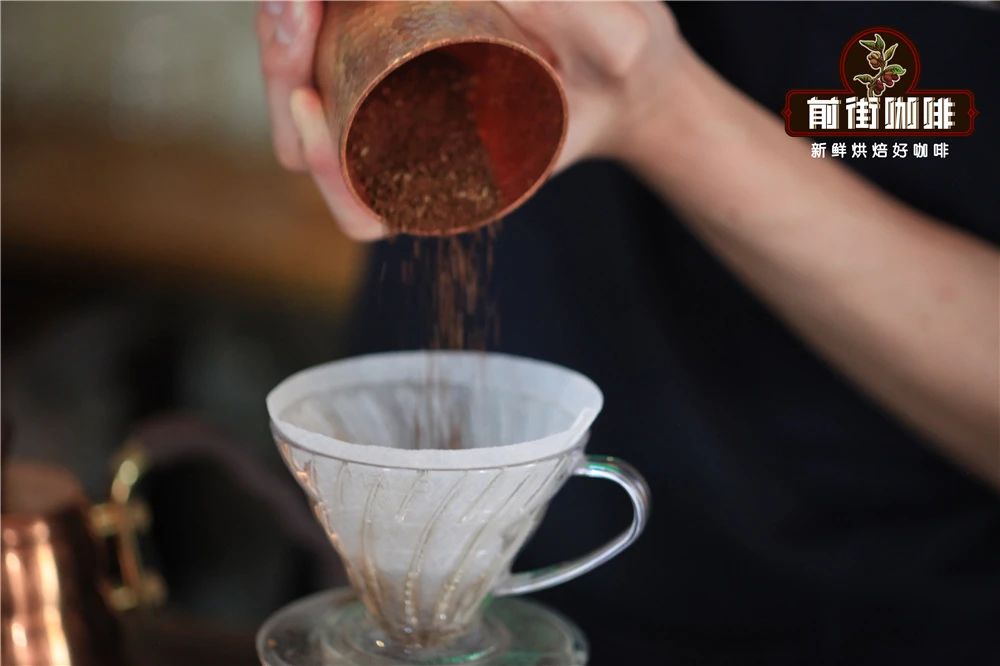
Qianjie cooking technique: the first section is filled with 30 grams of water for 30 seconds, followed by 95 grams (the electronic scale shows about 125 grams), and the injection is completed in about 1 minute. When the water level drops to 2 grams in the powder layer, the remaining 100 grams are injected at 3 places (about 225 grams on the electronic scale), about 1 minute 40-1 kilogram 39th 45 seconds. 2 minutes 3900 "- 2 grams 3910" drip filtration is completed, remove the filter cup, and complete the extraction.
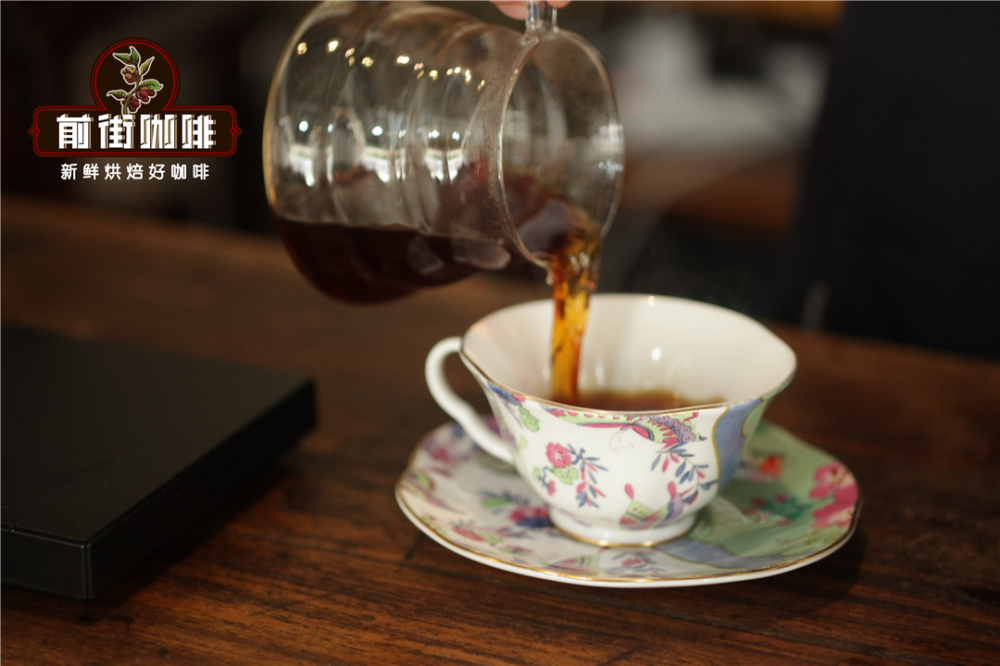
Huakui 5.0 flavored flavor: it smells of ripe citrus, with passion fruit and citrus-like bright acidity in the entrance, mango aroma and sweetness in the middle and back, rich layers. It has the sweetness of oolong tea after cooling.
Arsi cooking flavor: smell of berries and honey, entrance jam-like sweetness all over the mouth, full of sweetness, with nectarine flavor at the end, juicy taste. After cooling, it is more like a cup of plum and nectarine-flavored juice.
Professional coffee knowledge exchange more coffee bean information please follow the coffee workshop (Wechat official account cafe_style)
For more boutique coffee beans, please add private Qianjie coffee on Wechat. WeChat account: qjcoffeex
Important Notice :
前街咖啡 FrontStreet Coffee has moved to new addredd:
FrontStreet Coffee Address: 315,Donghua East Road,GuangZhou
Tel:020 38364473
- Prev

Taste and Flavor description of Honduran Coffee quality characteristics introduction of grinding degree in producing area
Characteristics of boutique coffee beans 1. Boutique coffee beans must be high-quality beans with flawless beans. It should have an outstanding flavor, not without a bad taste, but with a particularly good taste. two。 Boutique coffee beans must be excellent varieties, such as the original bourbon species, mocha species and Tippica species. The coffee beans produced by these trees have a unique aroma and flavor, far from it.
- Next

Introduction of Grinding scale for quality characteristics of Ethiopian Guji Coffee Flavor description
Ethiopian Gucci Coffee Flavor description treatment quality characteristics Grinding scale introduction washed Ethiopian wild djimmahjima mocha coffee, wild appearance, is gentle heart; it is indeed a relatively high quality low acidity coffee. Sidamo Sidamo sidamo Ethiopia Sidamo is a type of single origin, growing in Allah, Sidamo Province, Ethiopia
Related
- Detailed explanation of Jadeite planting Land in Panamanian Jadeite Manor introduction to the grading system of Jadeite competitive bidding, Red bid, Green bid and Rose Summer
- Story of Coffee planting in Brenka region of Costa Rica Stonehenge Manor anaerobic heavy honey treatment of flavor mouth
- What's on the barrel of Blue Mountain Coffee beans?
- Can American coffee also pull flowers? How to use hot American style to pull out a good-looking pattern?
- Can you make a cold extract with coffee beans? What is the right proportion for cold-extracted coffee formula?
- Indonesian PWN Gold Mandrine Coffee Origin Features Flavor How to Chong? Mandolin coffee is American.
- A brief introduction to the flavor characteristics of Brazilian yellow bourbon coffee beans
- What is the effect of different water quality on the flavor of cold-extracted coffee? What kind of water is best for brewing coffee?
- Why do you think of Rose Summer whenever you mention Panamanian coffee?
- Introduction to the characteristics of authentic blue mountain coffee bean producing areas? What is the CIB Coffee Authority in Jamaica?

